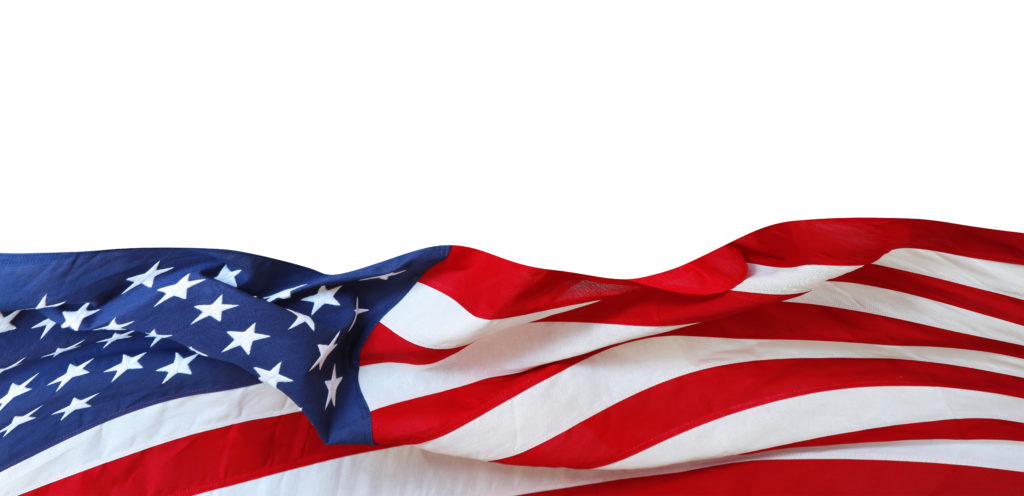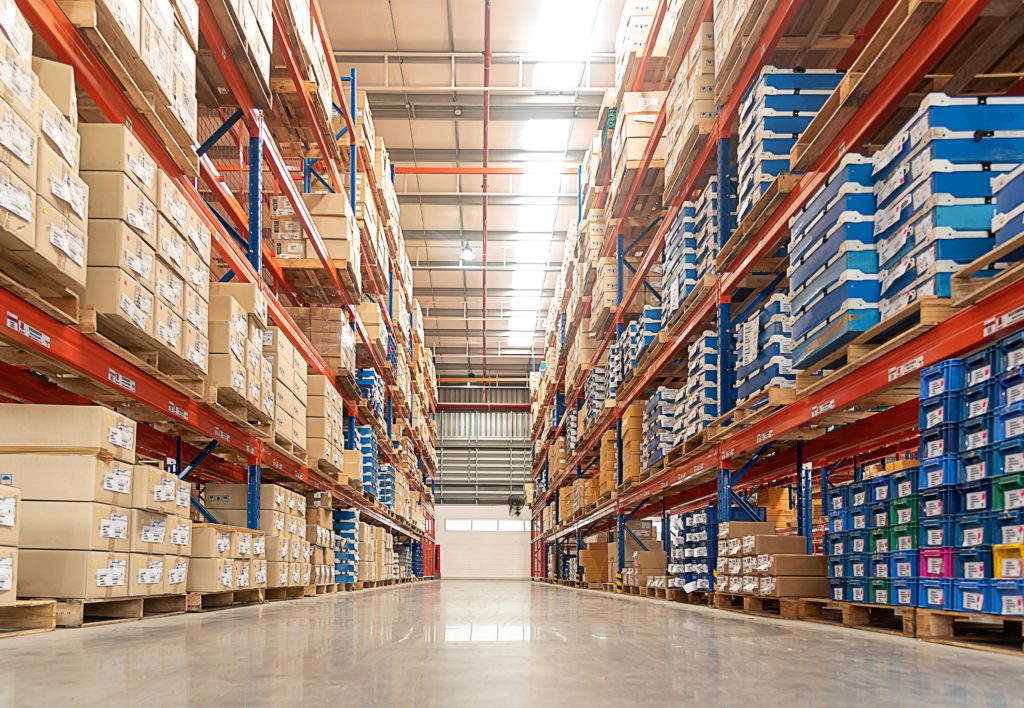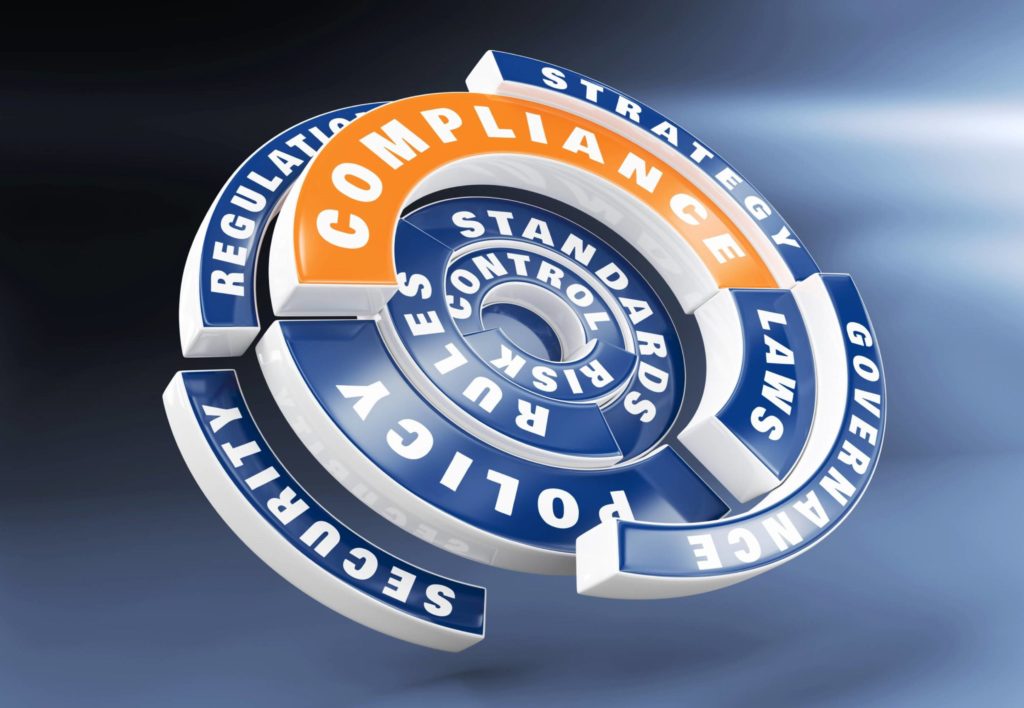Tariff Classification and HTSUS
Tariff Classification and HTSUS
Classification of Imported Goods
When goods are imported into the customs territory of the United States (the fifty states, the District of Columbia and Puerto Rico), they are subject to certain formalities involving the U.S. Customs and Border Protection (CBP). In almost all cases, the goods are required to be “entered,” that is, declared to the CBP, and are subject to detention and examination by CBP officers to insure compliance with all laws and regulations enforced and administered by the CBP.
The required entry process may take the form of a simple “baggage declaration” (for individuals), or one of the many types of customs “entries,” for consumption, warehousing, or transit. Low value importations may be subject to simplified or informal customs clearance procedures. For example, certain low value mail importations may be declared on a sticker obtainable at post offices whereas importations by individuals that do not exceed their duty free personal exemptions may often be made by an oral declaration to a CBP officer.
In-Depth Coverage: Country of Origin
- Country of Origin of Imported Merchandise
- Customs Ruling: Country of Origin
- Country of Origin: Food Products
- Country of Origin: Chemical and Pharmaceutical Products
- Country of Origin & Country of Manufacture: CBP vs. FDA
- Country of Origin: Substantial Transformation or Country of Assembly Test
- Country of Origin and Free Trade Agreement
- Country of Origin and Section 301
On the other hand, in most cases involving commercial goods, and some involving non-commercial importations, the importer or his agent must “enter” the goods by filing an electronic or paper “entry” to obtain release of the goods followed by an electronic or paper “entry summary.”
As part of the entry process, goods must be “classified” in the Harmonized Tariff Schedule of the United States (“HTSUS”) and their customs value must be determined.
The U.S. International Trade Commission (USITC) publishes and maintains the HTS and provides technical information on its structure and modification. However, CBP is solely authorized to interpret the HTS, to issue legally binding rulings or advice on the tariff classification of imports and their treatment upon entry into the United States, and to administer the customs laws.
Importers are Responsible for Classifying
Pursuant to the Customs Modernization Act, it is now the responsibility of the importer of record to use “reasonable care” to “enter,” “classify” and “value” the goods and provide any other information necessary to enable the CBP to assess the correct duties, collect accurate statistics, and determine whether all other applicable legal requirements are met.
Classifying goods is important not only for duty purposes, but also to determine whether the goods are subject to quotas, restraints, embargoes or other restrictions.
The act of classifying goods requires an importer to be familiar with the HTSUS. To assist in meeting the reasonable care requirement, importers may request binding administrative rulings from the CBP, or may use the services of an expert in customs law and procedures to assist them. The CBP is responsible for fixing the final classification and valuation of the goods. The CBP performs this in a process called “liquidation of the entry.”
In-Depth Coverage: Importing Medical Device
The Harmonized System and Organization
The Harmonized System is a complete product classification system (i.e., it covers all imported merchandise). Or, in other words, although not all goods are specifically provided for, all goods are classifiable and have a place in the Harmonized System. Goods in trade generally appear in the Harmonized System in categories or product headings beginning with crude and natural products and continuing in further degrees of complexity through advanced manufactured goods.
This progression is found within chapters and among chapters (e.g., live animals are classified in chapter 1, animals hides and skins in chapter 41 and leather footwear in chapter 64).
These product headings are designed at the broadest coverage levels with 4-digit numerical codes (or headings) and, where deemed appropriate, are further subdivided into narrower categories assigned two additional digits (which comprise 6-digit numerical codes or subheadings). The first two digits of a 4-digit heading indicate the chapter in which the heading is found (e.g., heading 2106 is in chapter 21).
At the essence of the Harmonized System are the headings and subheadings and their related numerical codes; the section, chapter and subheading notes; and the General Rules of Interpretation (for use in the interpretation of the Harmonized System). When classifying merchandise under the Harmonized System, the language of the General Rules of Interpretation, section, chapter and subheading notes, and the terms of the headings and subheadings are to be consulted and applied. They constitute the “legal text” (also known as the “nomenclature”) of the Harmonized System. The titles of sections, chapters and subchapters are provided for ease of reference only and have no legal significance.
Customs Clearance and Import Requirements
- Entry of Imported Merchandise
- What is Section 321 Entry?
- What is Automated Commercial Environment (ACE)
- What is an Automated Broker Interface (ABI)?
- Who is Ultimate Consignee?
- What is Non-Resident Importer Program?
- Country of Origin of Imported Merchandise
- What is the Country of Assembly?
- What is the FDA's Country of Manufacture?
- Marking of Country of Origin on U.S. Imports
- What is Customs Bond?
- Reconciliation Prototype and Bond Rider
- Who Needs a Customs Broker?
- What is Customs Ruling Program?
- Classification of Imported Goods
- How is imported merchandise appraised?
- What are Import Quotas?
- What are Trade Remedy Duties?
- Antidumping Duty (AD) and Countervailing Duty (CVD)
- What is Foreign Trade Zone (FTZ)?
- What is Importer Security Filing (ISF)?
- What is Temporary Importation under Bond (TIB)
- What is In-Bond Process?
Guidance on customs & logistics solution for traditional and e-commerce importers and exporters
Importer Security Filing (ISF)
An ISF is required when cargo (ocean only) laden on vessel at a foreign port is destined for shipment to the U.S. Under ISF rule, some importing information and details regarding cargo must be transmitted to the CBP at least 24 hours before goods are loaded onto the vessel, or at least 24 hours prior to the departure to the U.S.
Freight Forwarding
Looking for a freight forwarding partner? To move your cargo from its current location through customs to its final destination we will partner with you to find the best way for your business. Whatever your transportation, logistics or customs clearance needs, we will do our best to customize a solution for your needs.
Customs Clearance
All goods imported into the U.S. are required to be declared to CBP. Our customs broker will help you stay in compliance with customs laws and regulations and clear your goods quickly and efficiently with our electronic Automated Commercial Environment (ACE) and Automated Broker Interface (ABI) Single Window System.
Section 321 Entry
Section 321 entry allows importing free of duty and tax for shipments imported by one person on one day having a fair retail value in the country of shipment not more than $800. We provide our resident and non-resident clients with dedicated ACE eManifest solutions for Section 321 entry of all modes of transportation.
Warehousing & Distribution
Our warehouse facility offers great potential for serving as a regional hub with over 145,000 SF storage capacity close to Los Angeles Airport & Los Angeles/Long Beach Sea port. With our extensive experience in freight services, your import/export cargo will be handled quickly and effectively.
E-Commerce
The Internet has made it easy to find and purchase items from almost anywhere in the world. Our e-commerce experts will help you find the right solution for your international transportation, customs clearance, and delivery to your final destination. We also provide value-added repackaging, warehousing and distribution services.
Non-resident Importer Program
If you want to sell your products in U.S. marketplaces, but you are a business owner located outside of the U.S. and do not have an entity or presence in the U.S., you need to be established as a Foreign Importer of Record before your products can be imported into the U.S. We can help you.
Quick Link To U.S. Customs & Import Requirements
FDA-Regulated Products and Import Requirements
- What is Food Safety Modernization Act (FSMA)?
- Prior Notice of Imported Foods
- Food Facility Registration
- Risk-Based Preventive Controls for Human Food
- Risk-Based Preventive Control for Animal Food
- Standards for the Growing, Harvesting, Packing, and Holding of Produce for Human Consumption
- What is Foreign Supplier Verification Program (FSVP)?
- Protect Food against Intentional Adulteration
- FDA Regulated Product in Foreign Trade Zone (FTZ)
- Entry Review Process for FDA Regulated Products
- Country of Origin VS Country of Manufacture
- Foods Regulated by FDA or USDA: What is the Difference?
- Label and Labeling Claims for Conventional Food and Dietary Supplements
- What is USDA Country of Origin Labeling (COOL)?
- Import for Export of FDA Regulated Products
- FDA Regulated Products in Personal Baggage or Sending by Mail or Courier
- International Mail Facility (IMF) and FDA Regulation
- Importing Biological Product Regulated by CBER
- Importing Cosmetics and Voluntary Cosmetic Registration Program (VCRP)
- Importing Drugs into the U.S.
- Importing OTC Drugs into the U.S.
- Importing Veterinary Drugs into the U.S.
- Importing Tobacco Products into the U.S.
- Importing Medical Devices into the U.S
- Importing Food Products into he U.S.
- Importing Radiation-Emitting Products into the U.S.





















